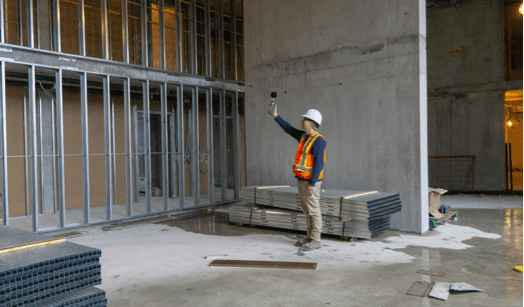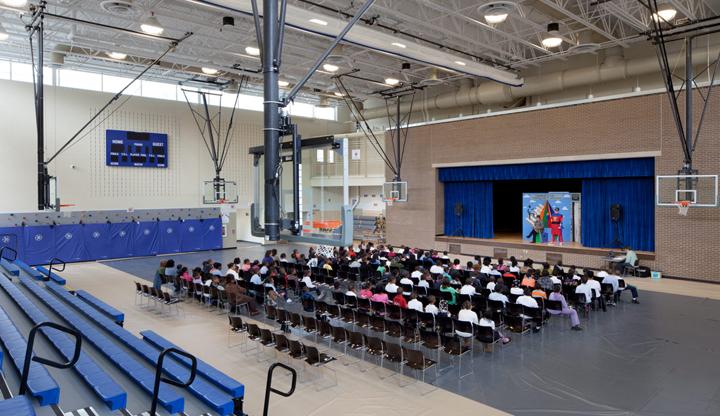Designing for acoustics in architecture is as much an art as it is a science. Achieving excellent space and room acoustics, good sound isolation, and low levels of noise and vibration in a structure requires a unique skill set which encompasses not only acoustical consulting knowledge and experience but also good creative intuition and judgment.
HGC has extensive experience in the design of architectural acoustics for all manner of acoustically demanding and sensitive spaces including performance and lecture theatres, places of worship, sports arenas, courtrooms, recording studios and broadcast centres, libraries, museums and acoustical test facilities.
Moreover, one of the principals of HGC is an Adjunct Professor at the University of Waterloo’s School of Architecture and lectures frequently at Dalhousie University’s School of Architecture on Acoustics in architecture.
We have also performed acoustical consulting for a variety of Green Building projects, which have become more prevalent in recent years. There are special challenges to developing good practices in acoustics for LEED and WELL Certified buildings, and we are familiar with the acoustical implications associated with their associated systems, standards and certification processes.
Our Acoustical Consulting Services for Architectural Spaces Include:
- Site Visit and Preliminary Drawing Review – We will first meet with project team members and review general expectations, the types of activities anticipated in the building and the acoustical requirements. If the project is an expansion or renovation, we will also visit the existing building, and conduct measurements of the levels of reverberation and background sound. We will review the design with respect to criteria (Noise Criteria (NC) or Room Criteria (NC) Levels, Reverberation Time, Noise Isolation, Speech Intelligibility, masking sound levels etc.) and good engineering practices, considering the spatial separations and acoustic privacy expectations, space stacking and general building services and general occupancy concerns. The criteria will then be set based on the review, the meeting with team members and measurements gathered, if any. The criteria targets will address spaces within the building as well as suggested limits for impact on adjacent areas. We will also provide acoustical criteria for background sound levels from HVAC systems. The amount of background noise is a critical component of the perceived and achieved “acoustics” of a space. The degree of background noise is also an important factor in regards to privacy and freedom from distraction. A criteria report will be prepared and circulated outlining the recommended criteria and comments on the schematic design, for discussion purposes. We will review the preliminary architectural drawings prepared looking at proposed room volumes, geometry and surface treatments to develop an opinion of the expected acoustical qualities. Conceptual recommendations will be provided to give guidance during design/development with regard to the acoustics in these spaces to achieve the reverberation criteria and good sound system performance, if that is a requirement.
- Design Development – Before the design drawings are complete, we will develop an analytical computer model of the interior acoustics. The model will be used to predict, through calculation, the expected levels of reverberation. The predicted acoustic characteristics will be evaluated with respect to the reverberation criteria to address speech intelligibility or musical quality if applicable. Where necessary, we will provide recommendations to optimize the interior acoustics and sound system performance with regard to the location and specification of interior surface treatments. A concise report will be prepared summarizing the results of the analysis and recommendations. Sketches, material specifications and the names of suppliers will be provided as necessary.


Hotel X and 10XTO Athletic Club

L.R. Wilson Hall for Studies in Humanities and Social Sciences, McMaster University

Barry’s Bootcamp, Toronto, Vancouver

Free 4-part Webinar Series on Architectural Acoustics runs until June 25

The Unforeseen Pitfalls of LEED Design from an Acoustical Perspective

The Acoustical Challenges of Gyms with Auditorium and Classroom Uses

What is STC and IIC Testing?
Need Answers?
Reach out to our acoustical consultants now.